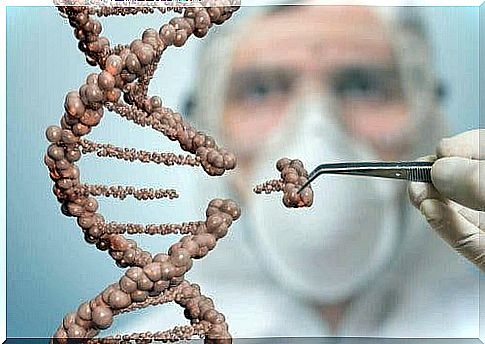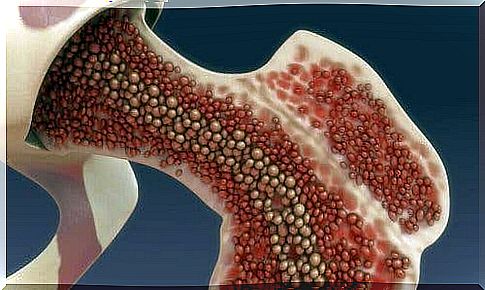What Are Stem Cell Treatments For?

Have you ever heard of stem cell treatments? Lately they seem to be the solution to all kinds of health problems that can affect a person. However, we are also aware that much work still needs to be done to make these therapies truly effective.
Stem cells are still being intensively researched to explore their potential. Still, scientists have already discovered many benefits of this type of treatment.
What are stem cells?
Stem cells are the cells of the human body that can generate other types of cells. They are known as pluripotent cells because they may be able to reproduce cells from all kinds of tissues.
A stem cell can gradually become a muscle cell, a bone tissue cell or a nerve tissue cell. So they can regenerate every body organ again.
These particular cells have a unique function and are typically embryonic. It is therefore thanks to them that an embryo develops and becomes viable and then continues to develop.
These stem cells are present in newly formed embryos called blastocysts. However, we have a small remnant of these cells as adults, especially in our bone marrow.
There is a lab technique that experiments by converting normal cells from adult tissues into stem cells. Researchers induce them through genetic mechanisms and reprogram their cellular function.
However, these do not have the same pluripotential capacity as embryonic cells. These cells are also part of perinatal tissues, which are in the blood of the umbilical cord and in the amniotic fluid that surrounds the fetus during pregnancy.
How does a stem cell treatment work?

In fact, the main goal of stem cell treatments is to repair damaged tissue. Taking advantage of the regeneration capacity these cells can harness, researchers are studying them as replacements for organ transplants. Then imagine the following.
Instead of finding an organ to transplant, we could use stem cells to make a new organ. The idea is to place them in damaged tissues to encourage them to recreate that tissue with new elements.
In fact , they could repair the entire human body. To do this, scientists need to investigate how they generate specific body parts, and this is exactly what they are currently researching in their labs.
For example, stem cell treatments can help repair the following problems:
- A damaged heart
- A liver damaged by cirrhosis
- Bone fractures due to trauma
The possibilities in the field of medicine are almost endless. Many also believe that they have the potential to heal situations that are currently incurable or difficult to remedy. This could significantly improve the prognosis for people with cancer.
Treatment issues

Unfortunately , campaigns have falsely spread certain benefits of stem cells that are not yet attainable. Government transplant agencies (Spanish link) warn that people undergoing such treatments should be given proper information about the risks before starting them.
Researchers realized that it is not so easy to direct a stem cell to the formation of a particular tissue. The guide didn’t work in some experiments and instead formed a different kind of tissue. As you can imagine, this is a huge risk.
The recipient’s body may also reject the inserted stem cells, just like any foreign object that enters. That is, the immune system tries to expel anything it does not recognize. These reactions can be quite severe during a transplant.
Examples of stem cell treatments
Despite the potential side effects and current limitations, there have already been some successful stem cell treatments. In fact, bone marrow stem cell transplants have been possible for certain types of lymphomas since the 1970s. There are also other successful therapies:
- Skin growth for major burns has been used for over 30 years. However, the skin does not look perfect (this is because it has no glands). Still, it is very useful in extensive burns. Doctors don’t use this technique very often, because not every medical team can do it.
- Umbilical cord stem cells can help children with leukemia (Spanish link). However, it is not as effective in adults.
- There are limbal stem cells that can generate new corneal tissue. For example, if a person loses part of their cornea due to an injury, it is possible to grow a new part to replace the loss to have full vision again.
In short, when it comes to stem cell treatments, there is still a lot to explore. Still , many findings suggest that they may soon be a promising treatment for many serious diseases.









